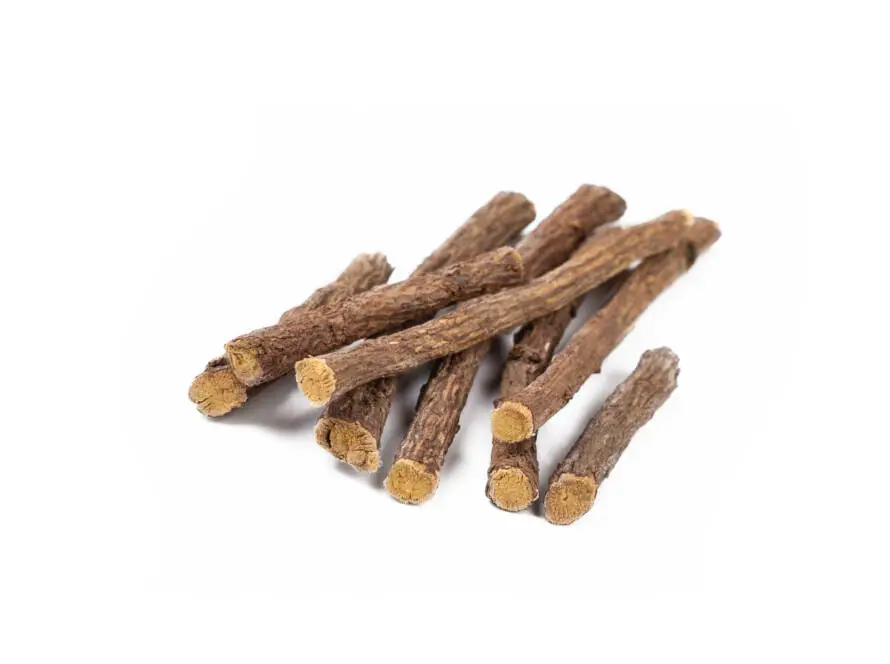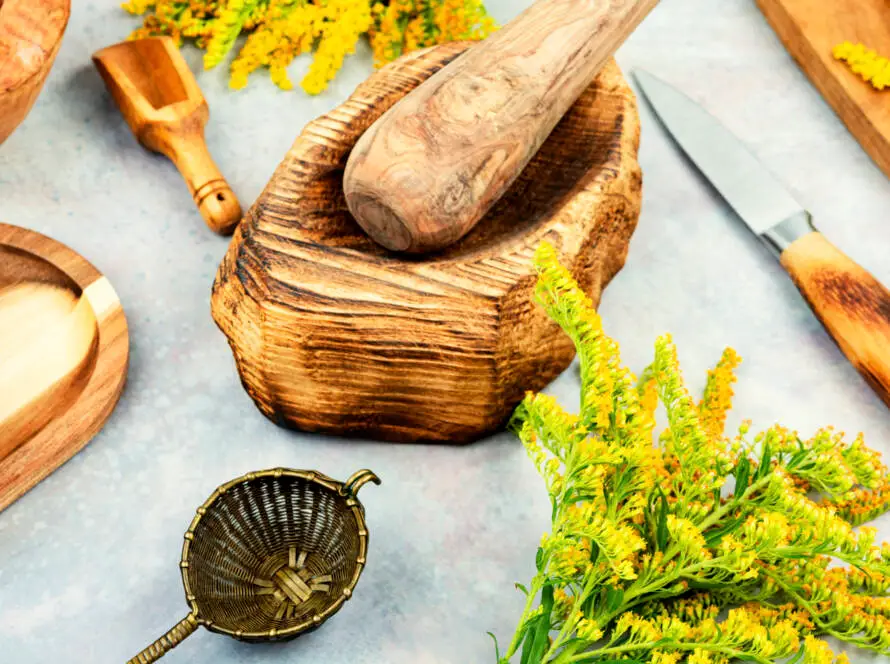Exploring Gymnema Sylvestre: The “Sugar Destroyer”
Gymnema Sylvestre is a powerful climbing vine native to the dense jungles of southern India. Often called “gurmar,” which means “sugar destroyer” in Hindi, this herb has a long-standing reputation in traditional medicine. While it’s primarily recognized for assisting with diabetes management, its potential goes beyond that, supporting digestive health and addressing various ailments, from constipation to liver conditions.
Common Names
- Meshashringi
- Gurmar
- Merasingi
- Periploca of the Woods
Scientific Classification
- Latin Name: Gymnema sylvestre
Uses of Gymnema Sylvestre
Gymnema Sylvestre is primarily celebrated for its unique ability to help control blood sugar. It works by effectively blocking the taste of sweetness, leading to a decreased craving for sugary foods. In addition, emerging studies indicate it may help lower lipid levels and could be beneficial for weight management. Some evidence suggests it may even help prevent tooth decay. While its historical applications are extensive, comprehensive clinical evidence is still being developed.
How It Is Used
In experimental settings, Gymnema Sylvestre is commonly administered as concentrated extracts standardized to contain approximately 25% gymnemic acids. The typical dosage is 200-400 mg, taken twice a day. This standardized approach helps assess its effectiveness in balancing blood sugar levels and supporting overall health.
What the Science Says
Though Gymnema Sylvestre has been embraced in herbal medicine for centuries, the scientific community calls for further exploration. Initial studies have yielded some promising results in blood sugar control, but larger, more detailed trials are needed to assess its long-term safety and benefits. Experts often recommend considering Gymnema as a helpful addition to, rather than a replacement for, established diabetes interventions.
Side Effects and Cautions
Gymnema Sylvestre is generally deemed safe; however, those managing diabetes should be cautious. Its ability to lower blood sugar may lead to hypoglycemia, mainly when used alongside other blood sugar-lowering medications. It’s crucial to consult a healthcare professional to ensure its safe integration into your health regimen.
Conclusion
Gymnema Sylvestre stands out as a fascinating herb with deep roots in traditional healing practices. Its unique ability to reduce the sweetness of sugar makes it a compelling option for those seeking to manage blood sugar levels. While many benefits are still being studied, the herb shows significant promise as a complement to standard diabetes care. Please always consult a healthcare provider before adding this herb to your health toolkit.
Resources
- Drugs.com
- Wikipedia.com
This summary highlights the key aspects including its traditional uses, potential benefits, and safety considerations.
Disclaimer
The information I’ve shared about herbs is for educational purposes only and is not meant as medical advice. While many herbs have been traditionally used for their potential health benefits, individual responses may vary, and the effectiveness of herbs can depend on various factors, including personal health conditions and interactions with medications. It is essential to consult with a qualified healthcare professional or a licensed herbalist before using herbs for medicinal purposes or making significant changes to your health regimen. This information should not be considered a substitute for professional medical advice, diagnosis, or treatment.


